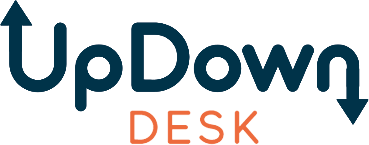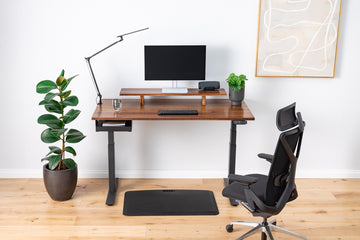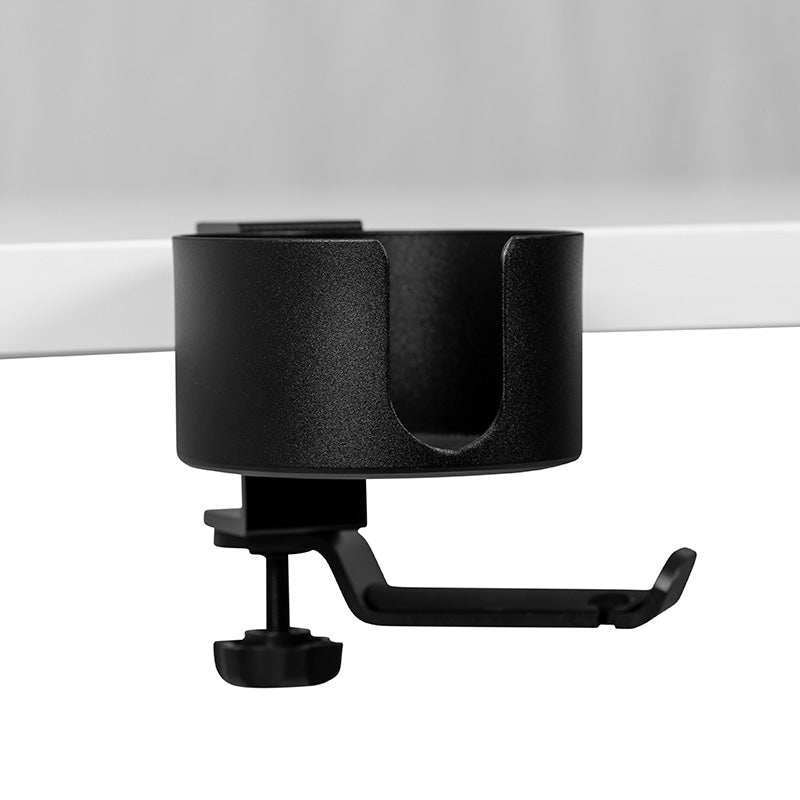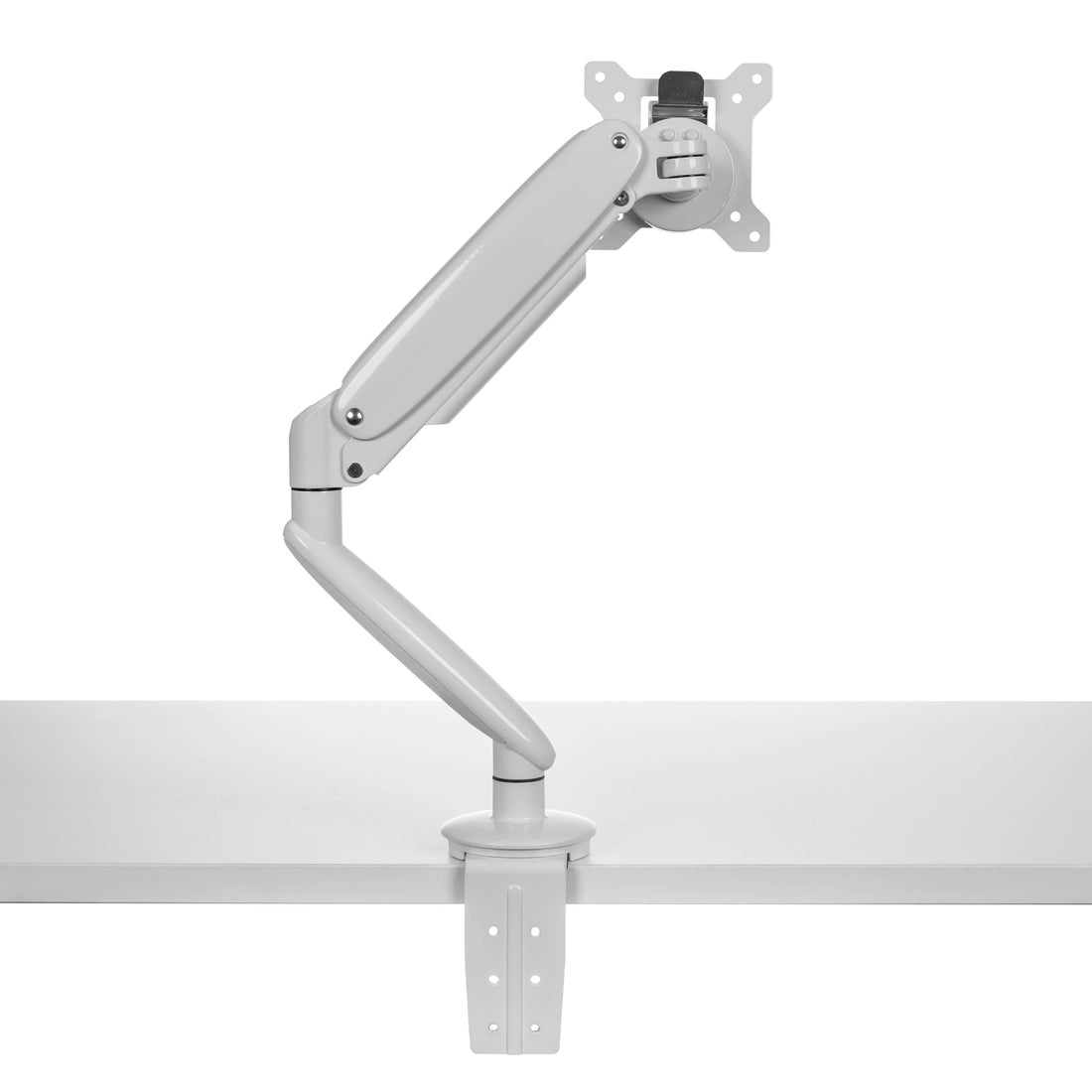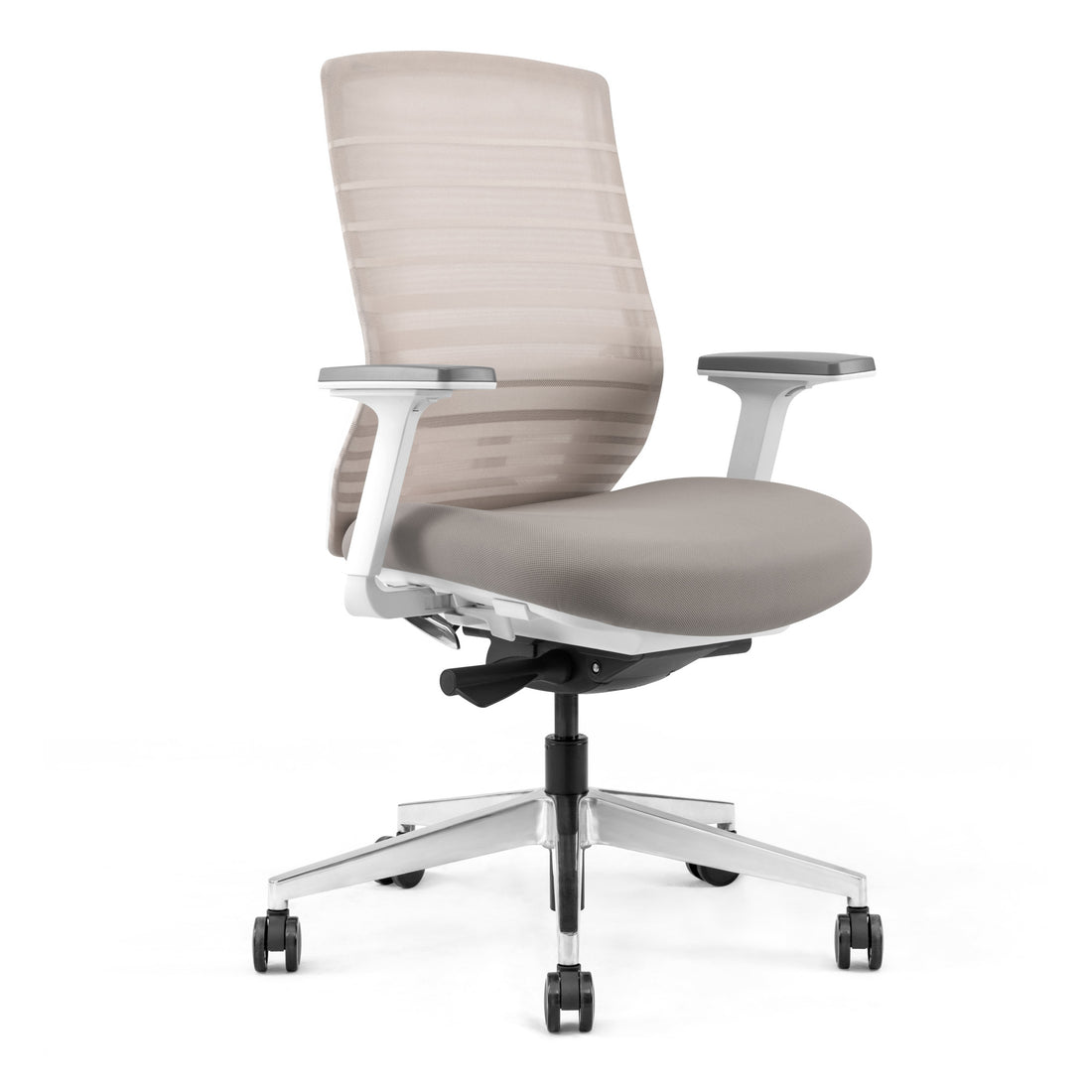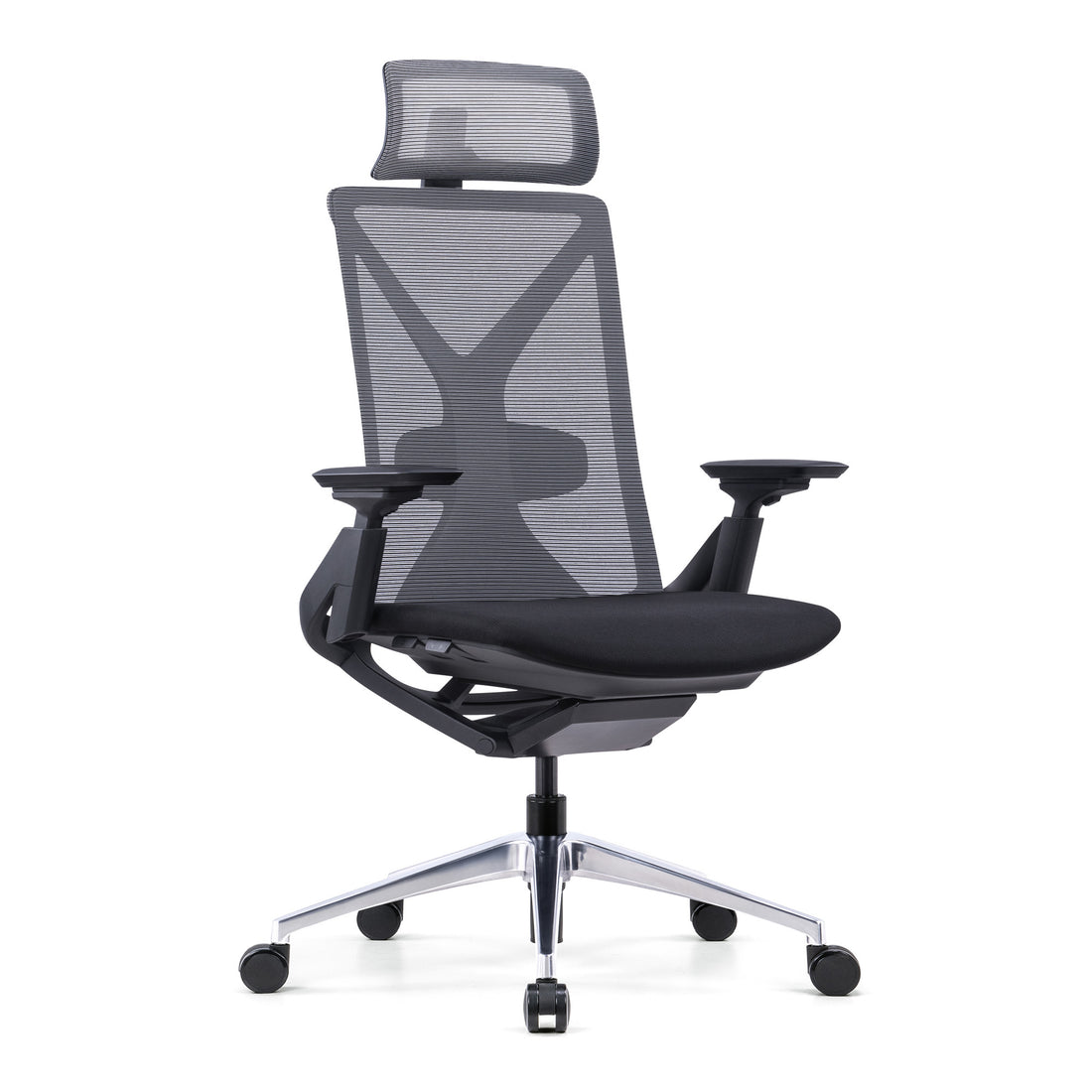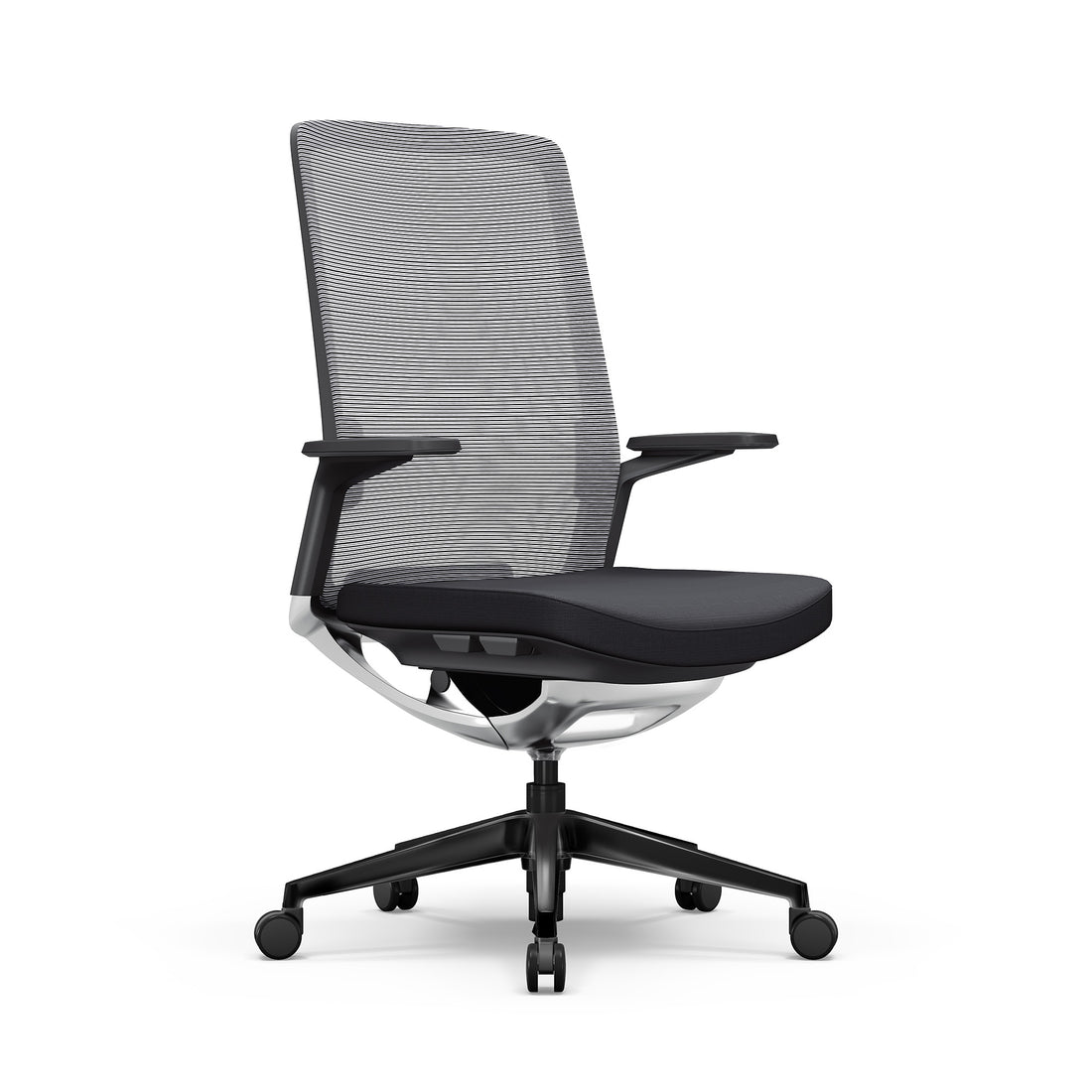
Stretches
Neck mobility is an important consideration for any desk worker. These stretches are meant to help promote pain free movement and mobility in your neck.
Neck Circles
Neck circles are a great decompression exercise for the joints in your neck. It is also a wonderful way to promote general mobility. Start with your neck in the resting position. Then, pretend like your neck is the hand of a clock, and rotate your neck around the clock face in a full circle. Do ten circles clockwise, and then reverse and rotate counterclockwise for another ten repetitions.






Suboccipital Stretch
Our suboccipital muscles are located at the back of our necks at the base of our skulls, where our skull and neck meet. There are four suboccipital muscles, two on each side. They all help extend our necks (tilt them backwards).

To stretch the suboccipitals, start with your neck in neutral, looking straight ahead.

Do a small nod yes, to bring your nose slightly down towards your chest. Then, give yourself a double chin and bring your nose back towards the back of your head. Use one finger to push your chin in to increase the stretch.

Place your other hand on the back of your skull and pull upwards to increase the stretch. You will feel a decompression and lengthening at the bottom of your skull, where it meets your neck.

Sternocleidomastoid (SCM) Stretch
Our sternocleidomastoid muscles run from our sternum (breastbone) to our clavicle (collarbone), and connect to our jaws. This muscle runs on either side of our neck, and usually is tight when we tilt our necks from side to side. It is one of the most commonly tight muscles in our necks, especially if we sit for long periods of time throughout the day.

To stretch this muscle, start with your neck in neutral, facing straight ahead. To stretch your left SCM muscle, rotate your neck to the right as far as you can. Then gently tilt your head back. You should feel a lengthening of the left SCM.

Everyone’s anatomy varies slightly, so you may have to modify either the amount of rotation or the amount of tilt in order to feel the best stretch of your SCM muscle. In order to stretch the right SCM, rotate your neck to the left and tilt your head back.
Levator Scapula Stretch
Your levator scapulae muscles run from our shoulder blades to our necks, and help bring our shoulder blades up towards your ears. There is a levator scapula muscle on either side of our necks. When these muscles are tight, people find it difficult to relax their shoulders down.

To stretch this muscle, start with your neck in a neutral position, looking straight ahead. To stretch your left levator scapula, bring your neck down towards your chest and rotate it towards your right shoulder. It will look like you are trying to bring your nose into your armpit. To stretch your right levator scapula, bring your neck towards your chest and rotate your neck to look at your left shoulder.

Upper Fibres of Trapezius Stretch
Our upper fibres of trapezius, often referred to as our upper trap muscles, help us bring our shoulder blades up towards our ears. They run from our shoulder blades to our ears, on either side of our necks. When these muscles are tight, our shoulder blades and shoulder joints sit higher, making it hard for us to relax our shoulders.

To stretch your upper traps, start with your neck in neutral, looking straight ahead. To stretch your left upper trap, tilt your neck as far as you can to the right. Then rotate your neck a few centimeters to the left.

To stretch your right upper trap, tilt your neck to the left and rotate it a few centimeters to the right.
General Guidelines for Stretching
Hold all of these stretches for 20-30 seconds before returning your neck to the neutral starting position. Repeat the stretches 4 times on each side, one to two times a day.
You can increase the stretch of all of the above stretches by adding extra pressure with your hand on your head. Push your head further into the stretch, being careful not to use too much force. Regular stretching will help improve the length of the muscle tissue and decrease feelings of pain and stiffness.
Posture and its Importance in Neck Tension
Stretching our neck muscles is an important part of our daily exercise regime. However, it is important to remember that no amount of stretching can make up for or reverse the implications of sitting in poor posture throughout our work day. Learning to sit in a better neutral neck posture, using the headrest on an office chair, and changing our position frequently throughout the day can mitigate neck tension and pain.
Strengthening our neck muscles, in order to sit in a better neutral posture, is possibly even more important than stretching our neck muscles. Without strength in these muscles, our posture cannot improve and our muscles will continue to be shortened, achy, and immobile.
Safety Considerations When Stretching the Neck
Our necks contain many sensitive structures such as veins, arteries, and nerves. One of the most important structures that runs through our necks is our vertebral artery, which provides blood supply to crucial structures: our brainstem, cerebellum, the upper portion of our spinal cord, and posterior part of our brain are all supplied by our vertebral artery. This means that we have to be careful with mobility in our necks, and work within our limits. If you experience any type of discomfort with your neck mobility exercises, reduce the range in which you are moving or decrease the pressure of your hand on your head.
Symptoms of vertebral artery dysfunction include dizziness, difficulty speaking, difficulty swallowing, sudden fainting episodes, double vision, numbness of your lips, or nausea. The likelihood of experiencing any of these symptoms is extremely low while doing these exercises; however, if you experience any of the above, seek immediate medical attention.
